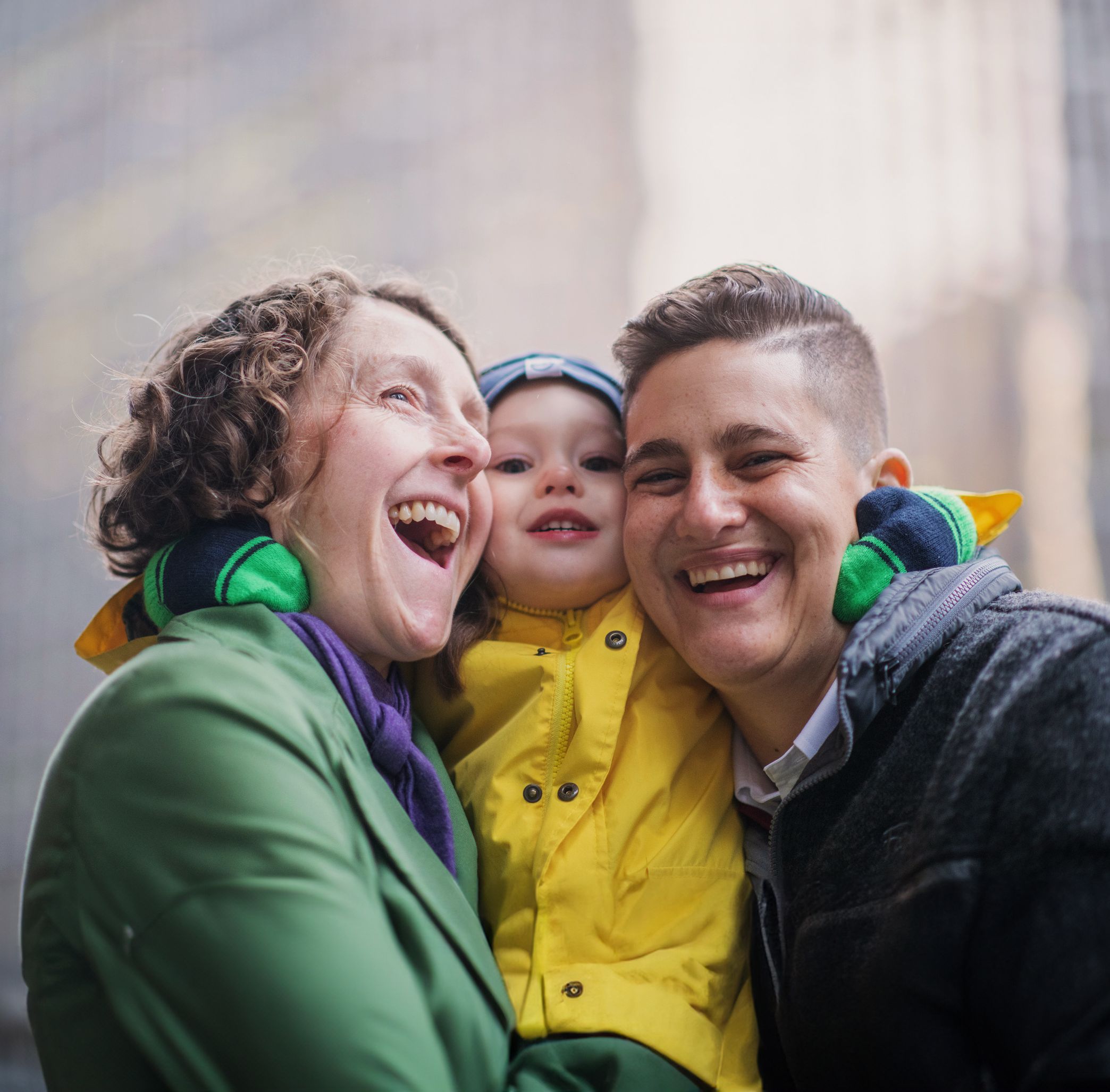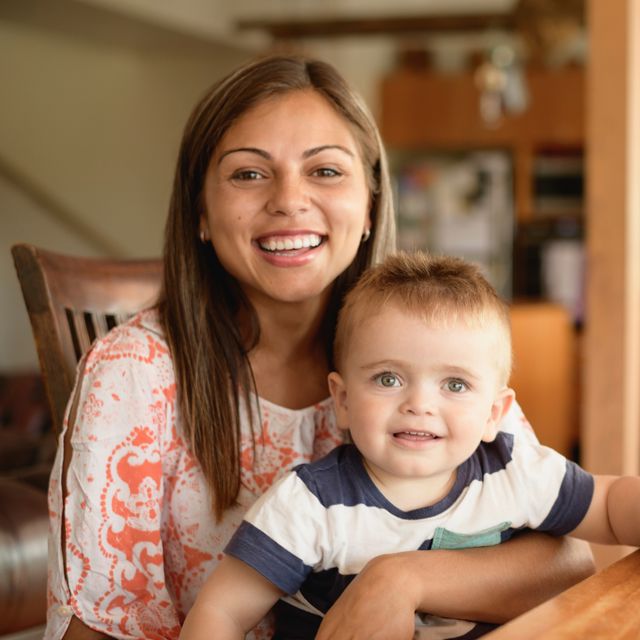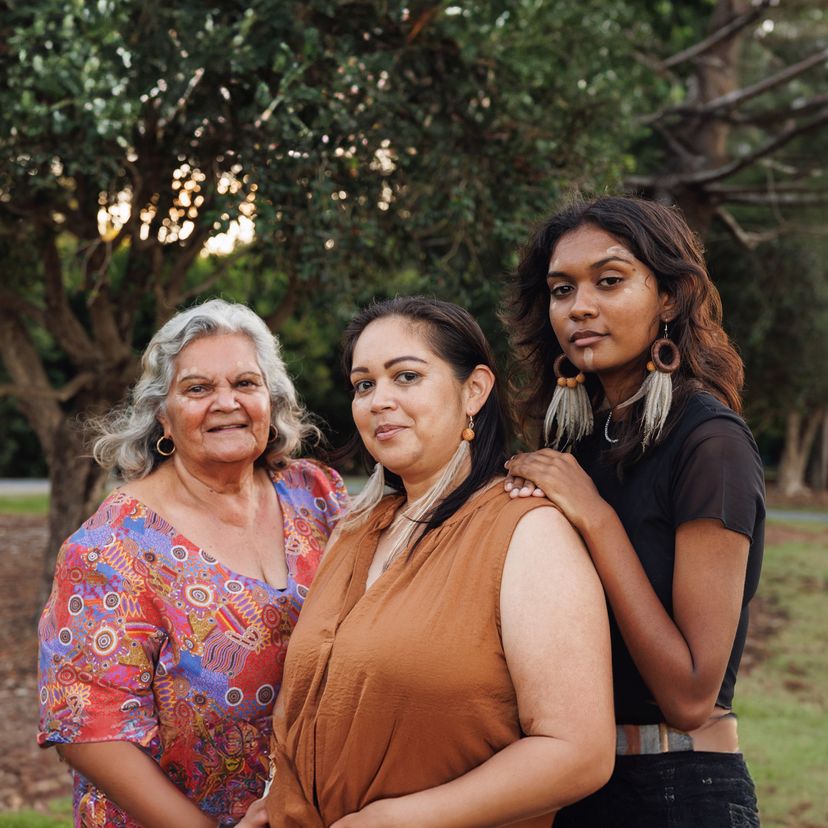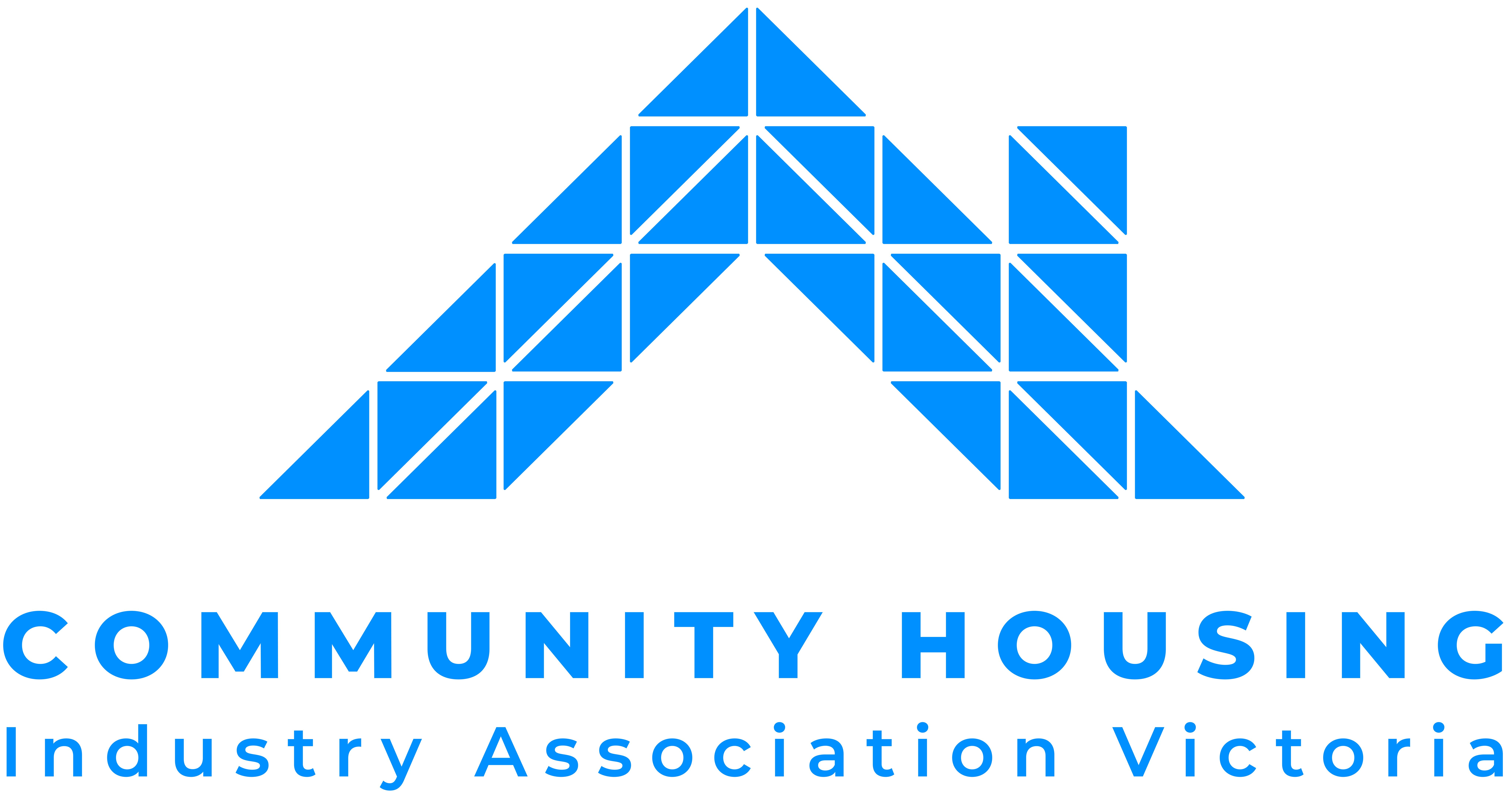Women's Liveability Assessment
Helping community housing providers make small organisational changes to improve the life and housing outcomes of your women residents.


Who is this for?
The Women’s Liveability Assessment is primarily for Community Housing Providers of all sizes, Australia-wide, who are looking to quantify and improve their policies and procedures around addressing the unique needs of their women residents.

Who is this for?
The Women’s Liveability Assessment is primarily for Community Housing Providers of all sizes, Australia-wide, who are looking to quantify and improve their policies and procedures around addressing the unique needs of their women residents.

Why do the assessment
Aside from improving outcomes for residents, the Women’s Liveability Assessment can help in demonstrating best practice and improve success in funding applications, support with ESG reporting, decrease resident turnover and more.

Why do the assessment
Aside from improving outcomes for residents, the Women’s Liveability Assessment can help in demonstrating best practice and improve success in funding applications, support with ESG reporting, decrease resident turnover and more.

Why it is important
Women experiencing housing insecurity and homelessness have different housing needs than men. By making small changes to how you select, build and manage community housing properties, you can improve the life and housing outcomes for your women residents.

Why it is important
Women experiencing housing insecurity and homelessness have different housing needs than men. By making small changes to how you select, build and manage community housing properties, you can improve the life and housing outcomes for your women residents.
What does the assessment cover?
The Women's Liveability Assessment is based on YWCA's Women's Housing Framework - a sector-first model that identifies best practice approaches to designing, acquiring, and operating housing for women. This is based on findings taken from women-centred literature and learnings from those with lived experience of housing insecurity and homelessness. The framework and assessment include four key domains of impact with respective desired resident outcomes.



